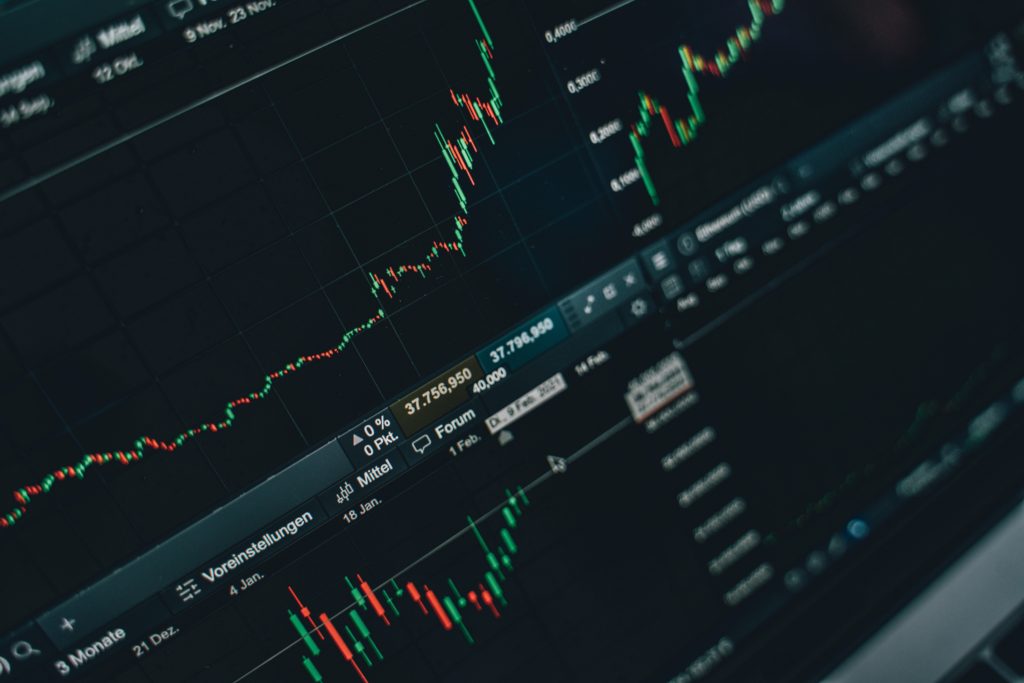Algorithmic Trading uses a computer algorithm to make financial decisions on behalf of another. It was once thought that this would be an impossible task for humans, but now we have developed amazing tools to help us do it easily and quickly. This article will explore the four best tips for algorithmic Trading using Python: Data collection, data cleaning, feature engineering/engineering models, etc.
Data Collection
Data collection is the first step in any algorithmic trading strategy. You need to get data from a reliable source that can provide you with enough information to make your decision.

Data collection is also important because it will help you determine whether or not your strategy is working well, which means that if there are any problems with your algorithm, they’ll be revealed here first!
You must use high-quality data sources with large sample sizes because they’ll give you more accurate results than smaller ones would give (and less money spent).
Data Cleaning
Data cleaning is the process of removing irrelevant information from a dataset before proceeding with data analysis. The importance of data cleaning cannot be overstated, as it will help you to make better decisions, reduce noise and improve the accuracy of your trading model.
To do this effectively, it’s important to have an understanding of what constitutes “relevant” information in your dataset and how this can be determined using different methods:
- Remove outliers (extreme values) – We’re talking about matters that deviate from their respective distributions at least two standard deviations above or below their mean value; these outliers may skew other results if left in place. By removing them, we increase our confidence in our results due to their removed influence on previous calculations.
Feature Engineering
The third and final step in algorithm development is feature engineering. That involves creating a series of features that can be used to make decisions, such as:
- The amount of risk you are willing to take on any given trade (signal)
- Your target price for profit/loss at each trading cycle (expectation)

Model Building and Backtesting
Model building and backtesting are two of the most important things to do to understand the strategies you’re trading. It’s tempting to look at some shiny new algorithm and start with it, but remember that many other factors are at play here.
- Backtesting is an essential part of every trader’s life; it allows you to ensure that your strategy works before putting it into production on live accounts or even on paper (if you’re still doing those things).
- Model building helps ensure that your chosen approach can be scaled up without breaking down under too much stress—especially when compared with other strategies!
- Validation involves testing whether your model works as intended using historical data sets when possible rather than real-time market conditions; this may also include testing different parameters/parameters within specific models such as periods/frequency, etcetera.
This tutorial has shown you how to do algorithmic Trading using Python. The data collection and cleaning process can be done using pandas, but if you have the time, you may want to try out other tools, such as sci-kit-learn or matplotlib, for your feature engineering. Model building and backtesting are best done an automated means such as Python’s PyMC3 library, which will automatically execute different strategies based on your input parameters (such as historical prices).
